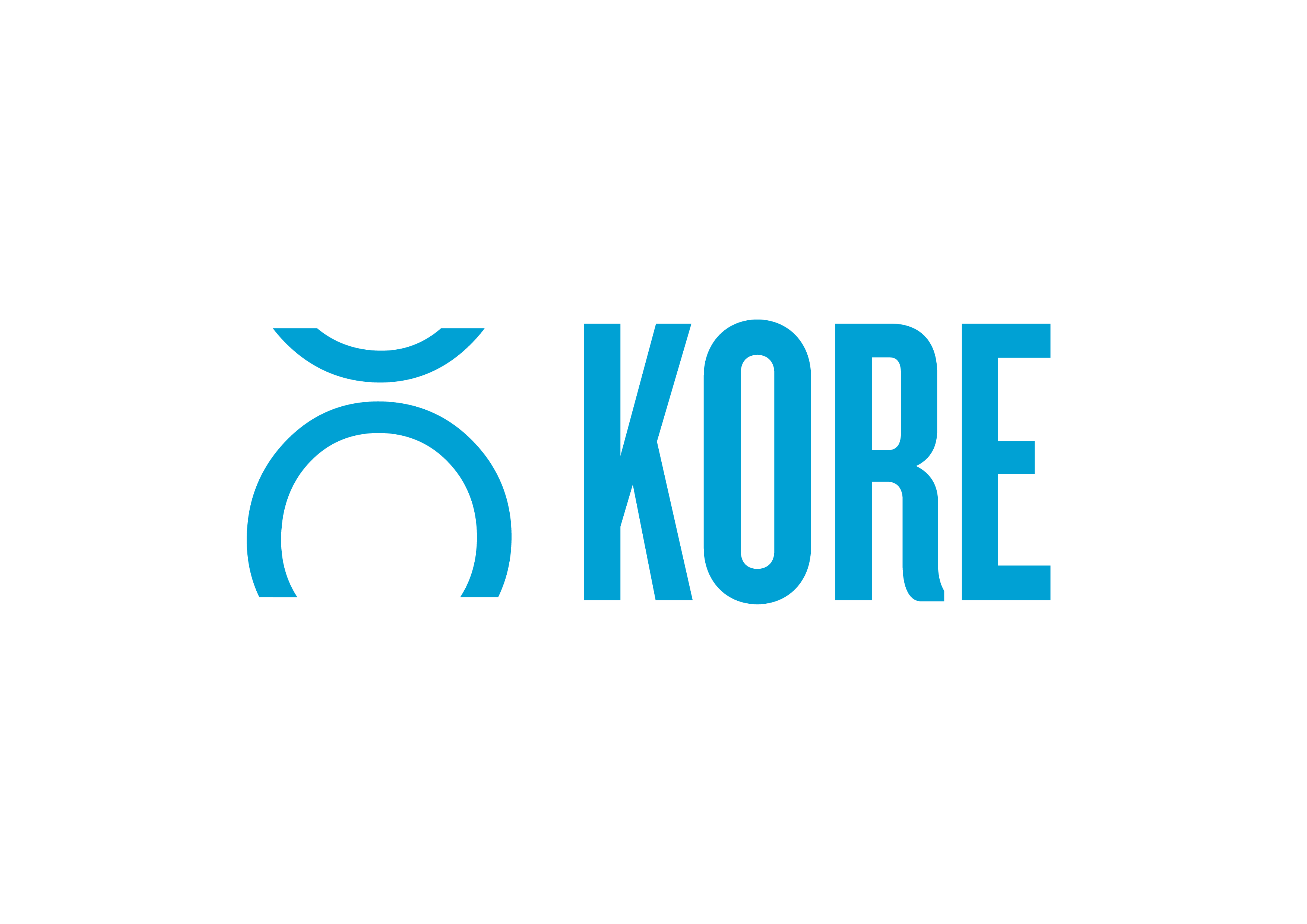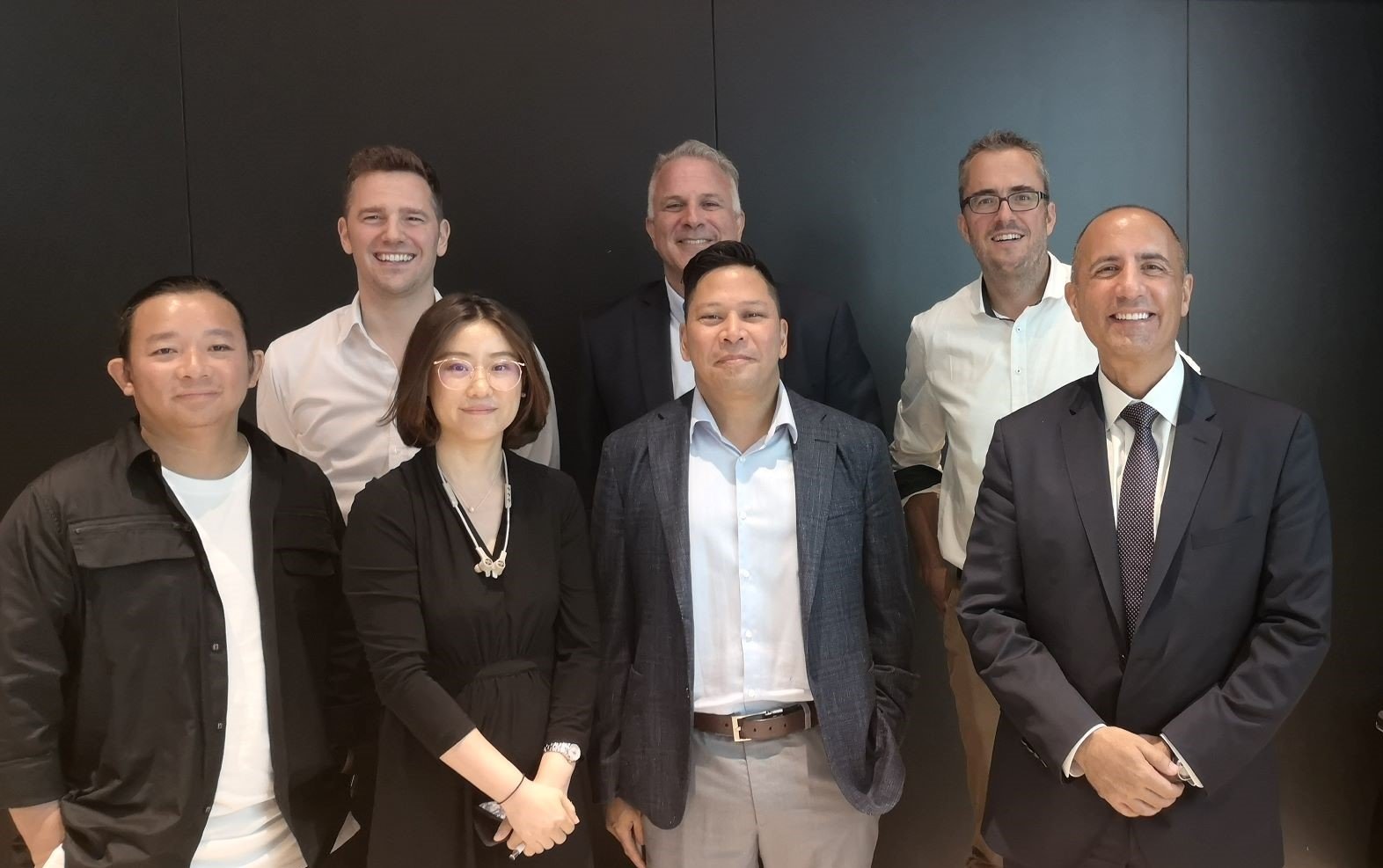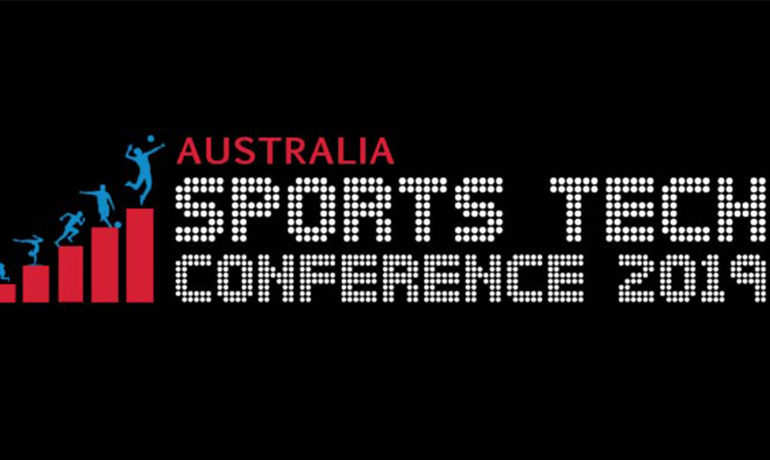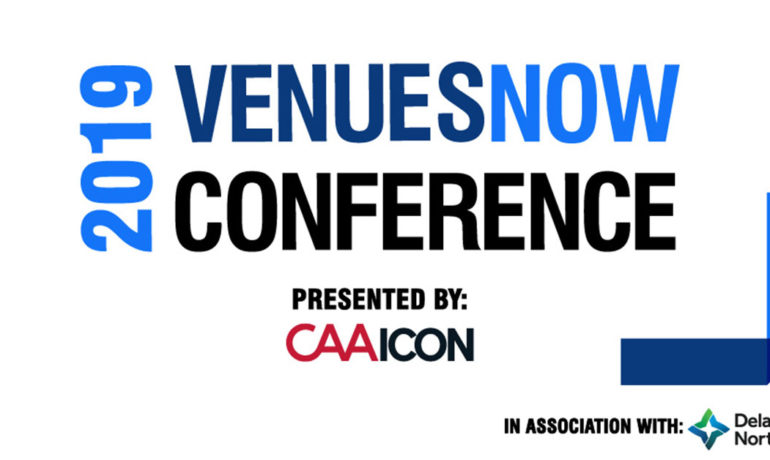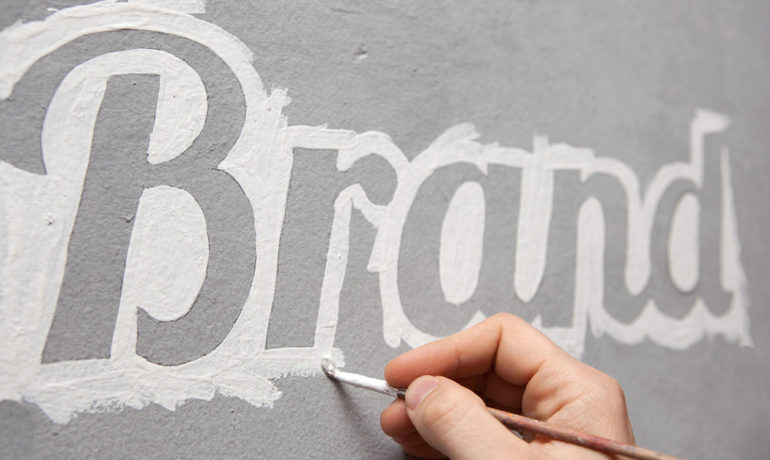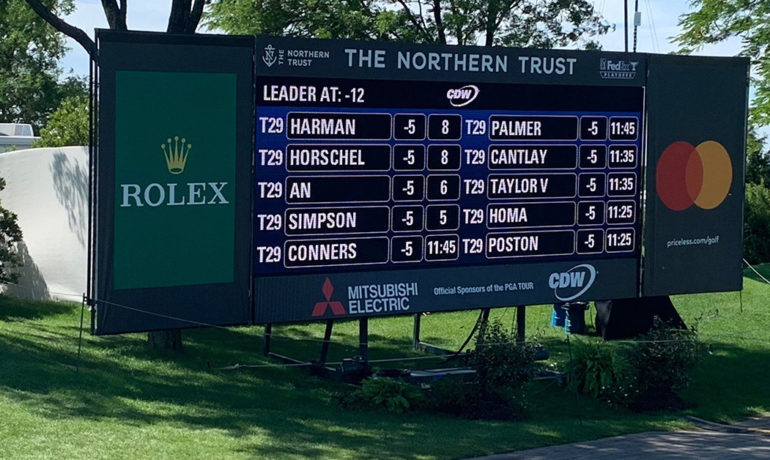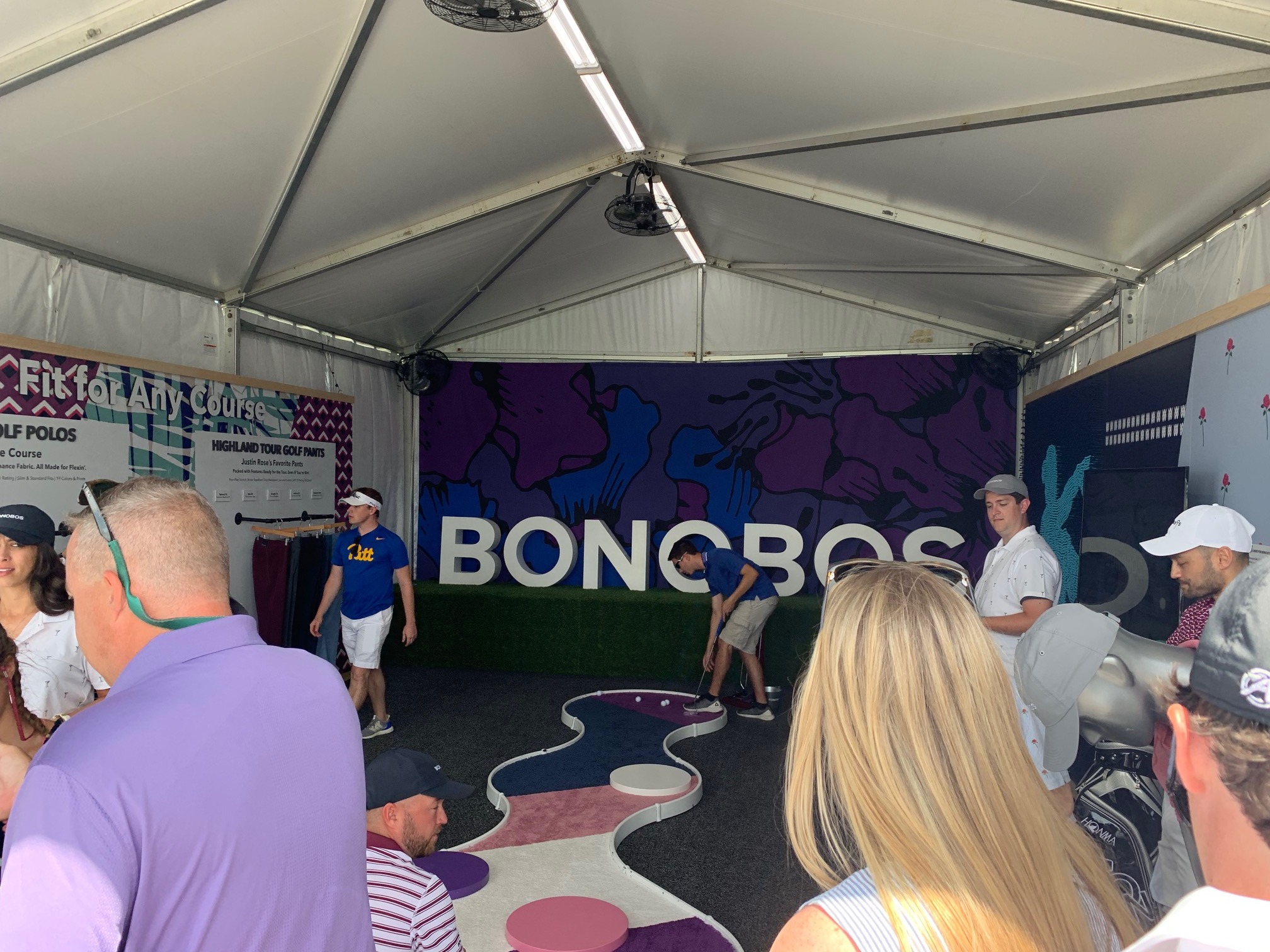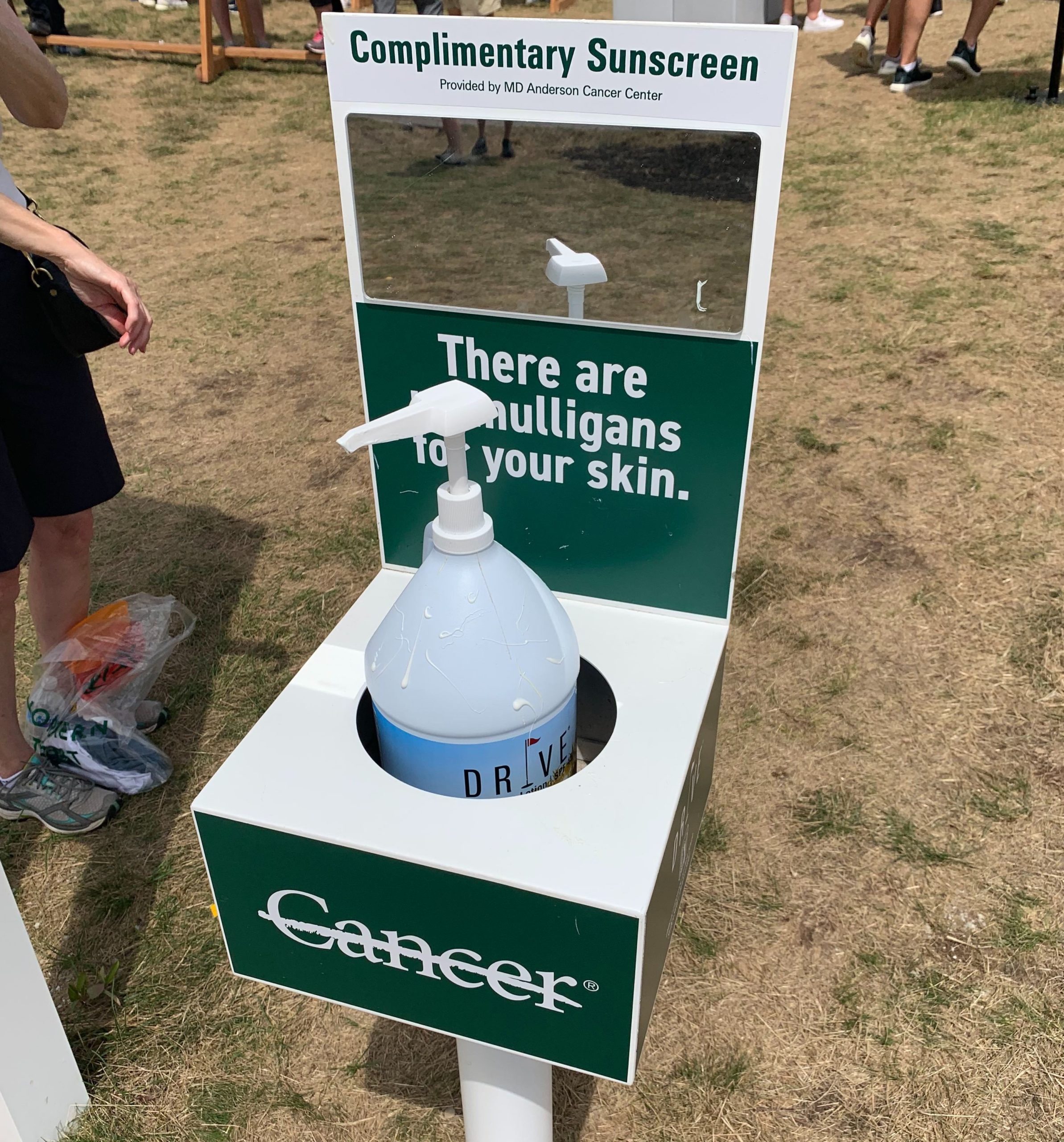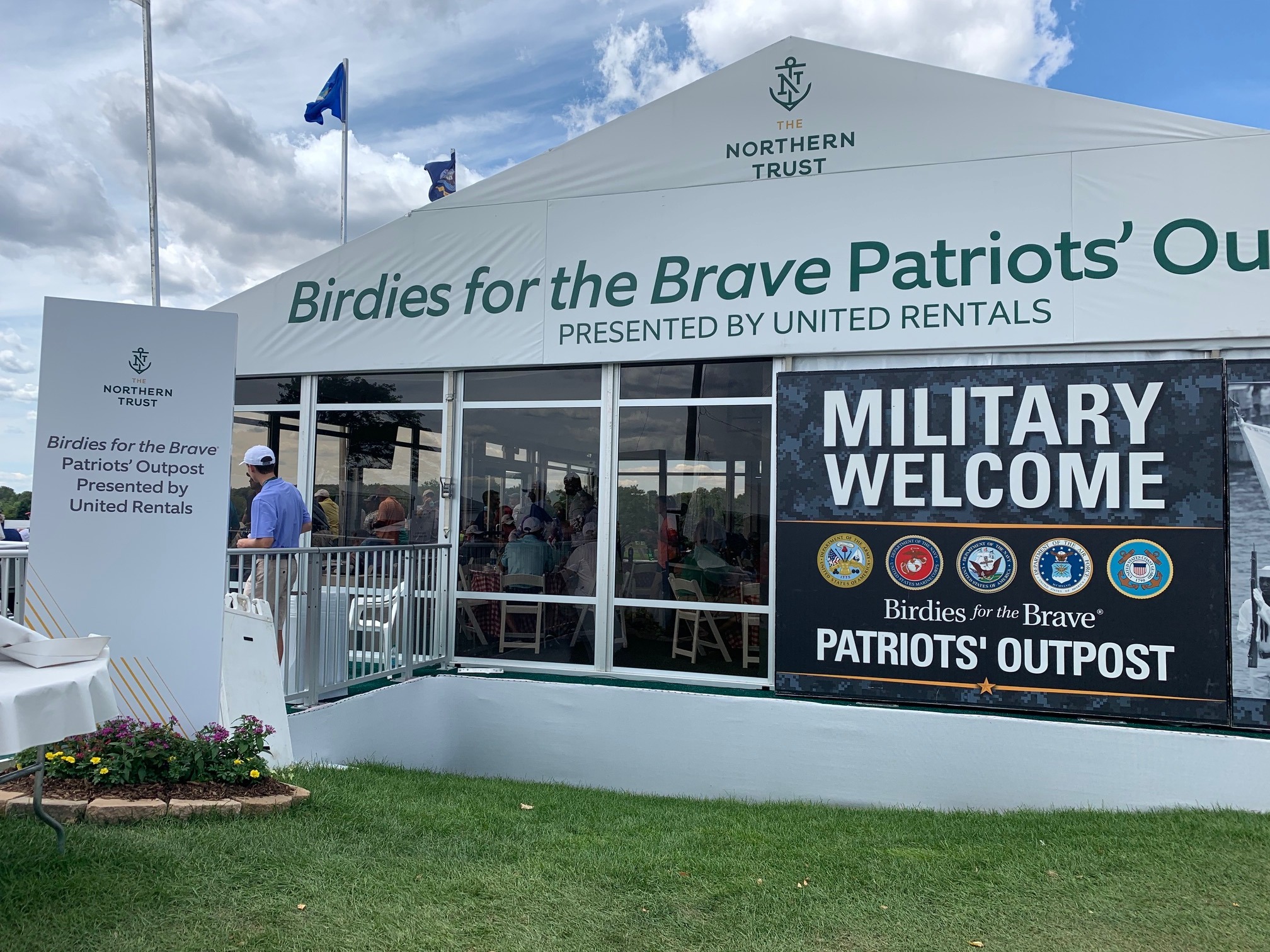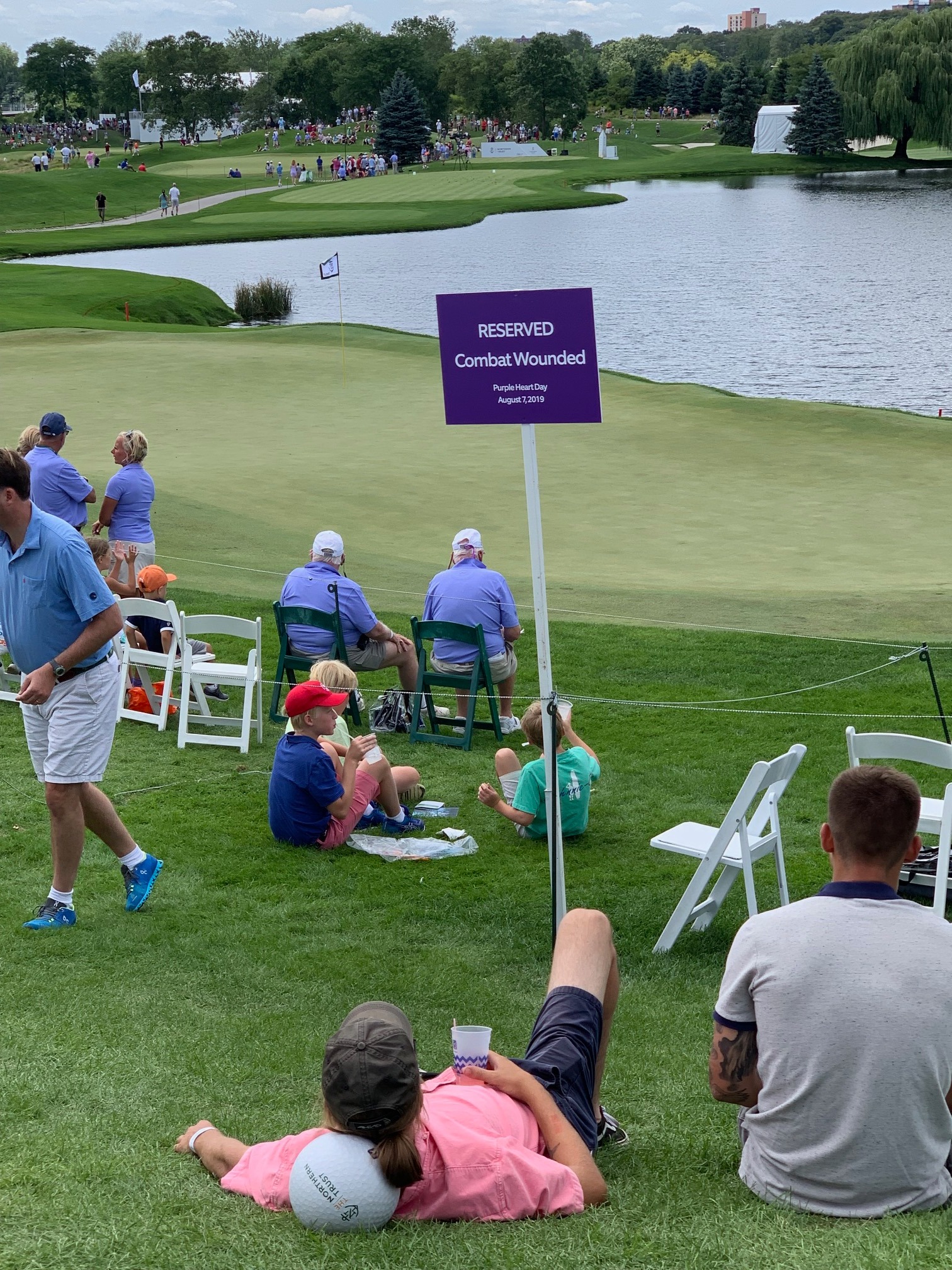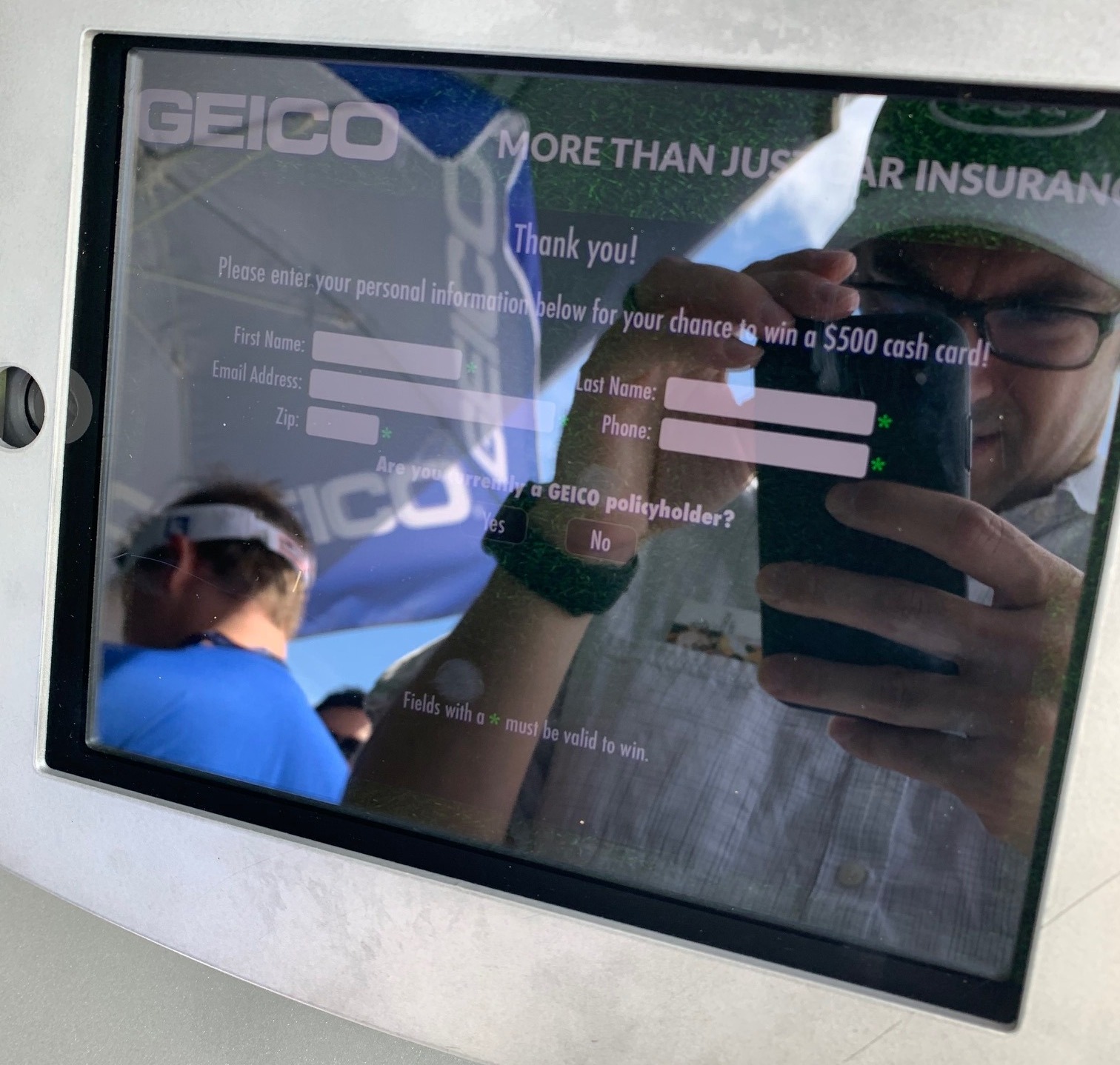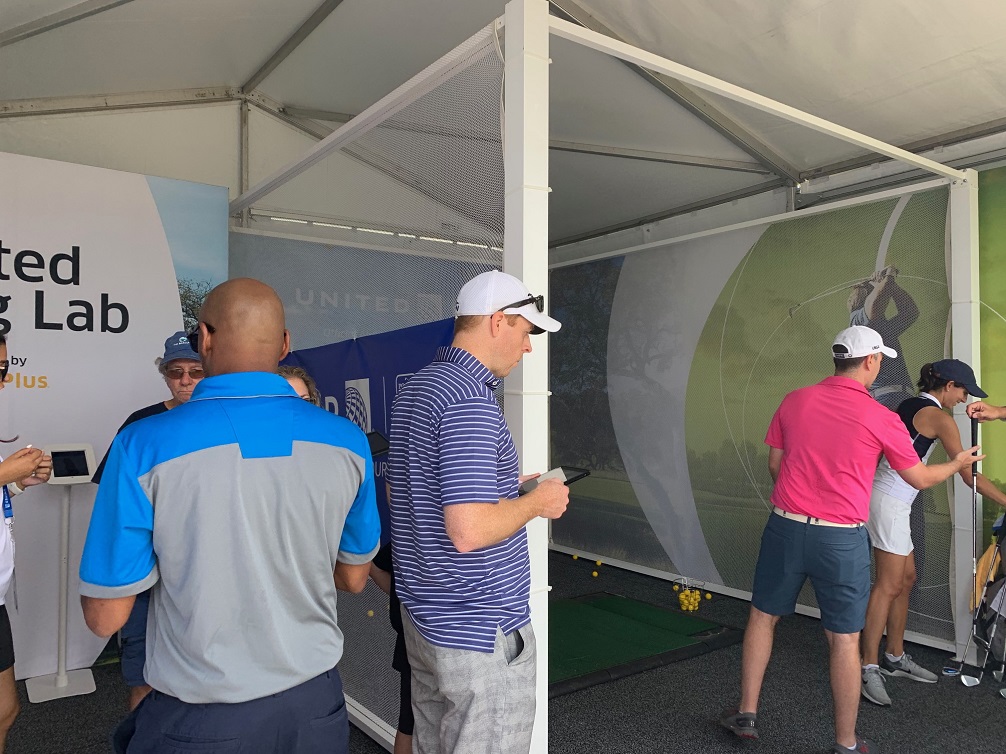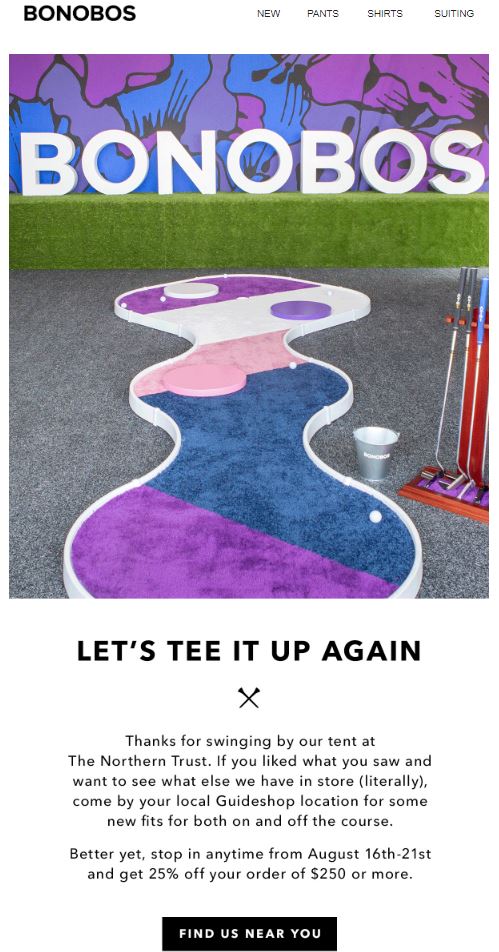If I Only Knew Then What I Know Now: Career Advice in Sports Business Intelligence
If you’ve ever listened to KORE Software’s Inside Sports Business Intelligence podcast, you’ve probably heard Russell Scibetti ask “If you could go back and give yourself one piece of advice early in your career, based on what you know now, what would it be?”
Over the last several months we’ve received excellent advice from our industry expert guests. Here’s a recap of our top takeaways:
“Always play devils advocate”
– Amy Johnson, Director of Database & Analytics for Legends, SoFi Stadium Project
There’s so much great insight that can come when you dig deeper and challenge the status quo, instead of just going along with the trends and accepting what comes to you. Question everything, understand the purpose behind your action, and recognize there’s no one “right way” – just what’s right for you.
How to Educate Fans on New Teams and Stadiums with Amy Johnson >>
“Learn how to sell your successes better, both internally and externally”
– Mark Bashuk, Director of Business Analytics, Oakland A’s
Is your team doing a lot of really great work that you’re proud of? Are you sharing those wins with upper management and your peers? What about externally, with other industry professionals who understand the challenges faced? Often, successes don’t get the same amount of attention because teams are hesitant to honk their own horns and share with their network.
The mindset should be that everyone sells; even if you’re not selling to a customer or prospect, you’re selling yourself and your accomplishments to your management team, to your peers, to your industry.
Managing Rapid Digital Transformation in BI with Mark Bashuk >>
“Surround yourself with people who challenge you and who think differently – don’t be afraid of it”
– Al Guido, President, San Francisco 49ers
You don’t always have to be the smartest person in the room! Surrounding yourself with good people who question and challenge you personally and professionally leads to growth. You have to be okay with some level of discomfort to grow, so don’t be afraid to admit when you don’t know something and try to accept that things don’t happen as fast as you’d like them to.
“Know You’re Never Going to Predict the Future”
– Kris Knief, Director of Business Intelligence, Vegas Golden Knights
We can carry this piece of advice beyond sports – doesn’t it always seem to be that if you have a specific plan in mind that’s the exact moment life throws you a curve ball? Knief believes everything works out one way or another as long as you enjoy the process and have patience with what’s to come.
“I don’t know that I would change anything”
– Aaron LeValley, AEG Sports and LA Kings
This was one of the best “non-answer, answers” ever! Aaron expands on the idea that the successes, failures, and job changes along the way made him into who he is, so if he had the approach then that he does now, who knows what other factors could have come into play. Enjoying the ride, having patience, and believing in the people you work with pays off and helps you learn, regardless of the bumps along the way.
Using Data Analytics to Improve the Fan Experience >>
“Pay More Attention to Relationships with People”
– Neda Tabatabaie, Vice President of Business Intelligence, San Jose Sharks
As business intelligence professionals we’re very logical and data-driven, but we don’t work in a silo. In our professional and personal lives we need to interact with people who think differently and who have different skillsets. Just like we use data to segment and customize in the BI world, we need to use that same skillset in our relationships and listen, collecting data in a different way. Understanding the importance of customizing your message for your audience is key.
Tabatabaie also agrees with Aaron LeValley that making mistakes and imperfection is a part of the process, saying “whatever happened is what brought me here.” Sure, things could have been better or more impactful along the way, but it would have changed the journey.
How Neda Tabatabaie is Driving Innovation for the San Jose Sharks >>
“Never Lose Focus of the ‘So What?’”
– Chris Zeppenfeld, Vice President of Business Intelligence, Charlotte Hornets
With so much data flowing into our systems, it’s easy to get caught up in the details of your work without taking a step back to ask yourself ‘So what?’ Zeppenfeld suggests taking an action item first approach, so before you’ve even started the project you know exactly what the impact could be to your organization. He suggests asking yourself “if we did know this thing, what would we do differently as an organization?” at the start of the project to make sure you’re focusing your time on highly impactful projects.
Creating a Business Intelligence Team with Chris Zeppenfeld >>
So, what would your advice be to your past self?
Connect with us on LinkedIn or Twitter and let us know! Then, subscribe to the Inside Sports Business Intelligence podcast on your favorite podcasting platforms for even more advice, insights, and expertise in each episode.
Written by: Kelly Veilleux
KORE is the global leader in engagement marketing solutions, serving more than 200 professional teams and 850+ sports and entertainment properties worldwide, providing practical tools and services to harness customer data, facilitate sponsorship sales and activation, and create actionable insights.

